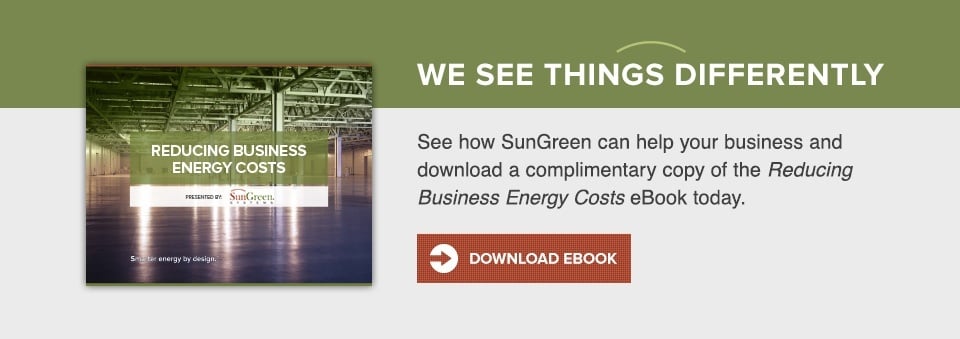
People who grow up in places colder than Southern California hear this mantra over and over from their mothers, “Wear a hat or you’ll catch your death of cold.”
Hats offer protection against the cold and other elements. Think of a roof as a building’s “hat.” While removing the hat in hot weather is an option for a person - for a building, not so much.
But wearing a white one is.
“Cool roofs” leverage the reflective properties of white and other light colors to drop the cost of cooling a commercial building by 7 to 15 percent. At the same time, these elastomeric coatings, which create a seamless, watertight barrier, improve the roof’s condition and decrease its maintenance needs.
A cool roof reflects 85% of the sun’s heat
Dark materials absorb and retain a lot of solar heat. You experience it stepping from grass to blacktop or asphalt in bare feet when it’s 90° F outside. Your large standard, dark commercial or industrial roof bakes all day under that same sun, heating up to 150° F or higher.
Cost-effective cool roof coatings reflect more than 85% of heat and ultraviolet rays. Under the same sweltering conditions, a cool roof can stay more than 50 degrees cooler.
Cool roofs work in two ways. The cool roof coating reflects solar radiation, or heat, from the sun. The second piece is the ability to re-radiate any heat the roof does absorb.
A complete roof evaluation is part of every SunGreen solar project. A commercial solar installation is a long-term asset and we want to make sure the roof itself will not need replacement within first 20 years. Customers who combine solar and a cool roof qualify for additional tax benefits, too.
Commercial cool roofs have broader impact
Mild winters make San Gabriel Valley, Los Angeles County, Orange County and the rest of Southern California particularly well suited for the use of commercial cool roofs.
A 2009 study from Lawrence Berkeley National Laboratory (LBNL) simulated the impact of substituting cool roofs for traditional dark-colored roofs on commercial buildings in 236 U.S. cities. The researchers ranked California second in realizing benefits from widespread adoption of cool roofs, behind Hawaii. The calculation even included assessing a hypothetical “carbon penalty” for buildings in Northern climates to compensate for the extra bit of heating energy needed in the winter.
Commercial cool roofs also help mitigate the effects of urban heat islands, areas where dark materials used on building exteriors and road surfaces increases ambient air temperatures. Such materials absorb and store energy from the sun, boosting not only the temperature but also the conditions for smog formation.
LBNL estimated converting 80% of all U.S. commercial buildings to cool roofs would reduce carbon emissions by 6.23 metric tons, or the equivalent carbon dioxide production of 1.2 million cars each year.
In buildings with air conditioning, the HVAC system won’t need to work as hard with a cool roof. In buildings without AC, you and your employees will be more comfortable. A commercial cool roof both reduces your carbon footprint and lowers your cooling costs.
Curious to see how much? Contact us for a free consultation.







